You might have seen Bluebells and Canterbury Bells adorning tabletops, adding some life and color to the room. If you are a gardening enthusiast, you might have even wanted to plant these beauties in your garden.
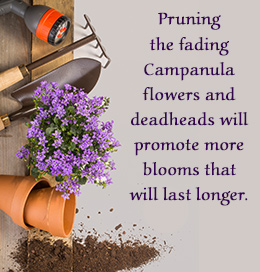
Common Names for Campanula Plant
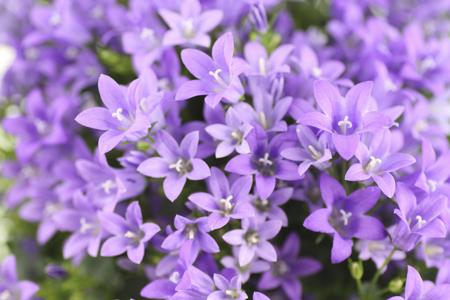
Bell Flower, Harebell, Bluebell, Peach Bells, Canterbury Bells, Rampion.
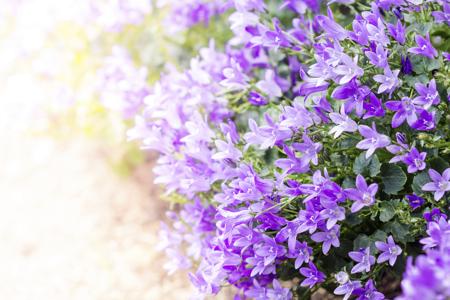
Campanula are a diverse genus with varied attributes. This species include annual, biennial, and perennial plants that range from a herbaceous species and dwarf perennials to a low mat species. Most possessing long flowering displays around late spring to later summer or till it begins to snow.
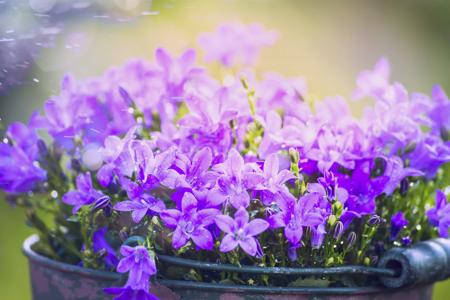
Campanula are often a popular choice because of their color, which suits almost every garden. They are known for their unique bell-, star-, cup-and-saucer, or tubular-shaped flowers. They come in an array of colors that include white, blue, violet, and pink. However, they are largely found in shades of blue and violet.Campanula Plant Care

PropagationCampanula can be propagated by division, seeds, or separation. These plants can also self-seed freely. However, the ideal time to divide or seed is during spring or fall.

Sun and Soil
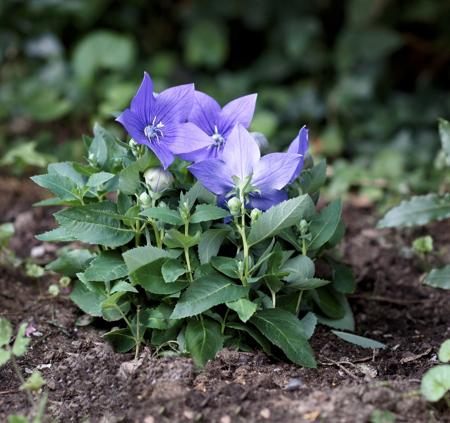
Campanula requires moist, well-drained, and high fertility soil. The annual variety grows well in zones 3 to 10. While the perennial variety grows in zones 3 to 8.

PruningPruning the fading Campanula flowers and deadheads will promote more blooms that will last longer. Pinching the plant close to the stem will promote new blossoms within a couple of days.

Germinating Seedlings
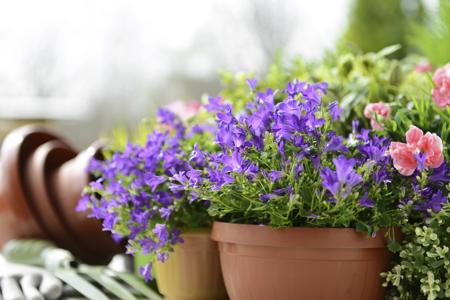 Indoors
Indoors
For germinating the Camplanulas indoors, they would require indirect sunlight and a temperature around 70°F or 21°C. The seedlings will begin to germinate after two to four weeks, and after nine or ten weeks, they will be ready for transplanting outdoors.
Outdoors
For germinate the seeds outdoors, sow them on the surface of the soil. The smaller species would require a gap of around 12 to 20 cm (5 -10"). While the large species would require 38 - 50 cm (15 - 20").

Pests and Treatment
Pests
The plant is prone to attract some unwanted pests like aphids, mites, slugs, and snails.
Treatment
For pests like slugs and snails, you can try pulling them out by hand or simply sprinkle slug bait around the perimeter. While for other pests, simply spray the plant with insecticidal soap spray, at every five-day intervals.
You can also scatter some shredded cedar mulch in and round the soil. This will help prevent erosion and work as a mild and natural pest repellent.

Disease and Treatment
Diseases
They are susceptible to powdery mildew, Septoria leaf spot, ramularia leaf spot, rust, southern blight.
Treatment
Remove the infected foliage and parts of the infected plant and treat it with insecticidal soap and/or wettable sulfur.

Remember that the Campanulas plant requires watering during dry spells, but refrain from over-watering the plant to prevent it from rotting.






 Common Names for Campanula Plant
Common Names for Campanula Plant Bell Flower, Harebell, Bluebell, Peach Bells, Canterbury Bells, Rampion.
Bell Flower, Harebell, Bluebell, Peach Bells, Canterbury Bells, Rampion. Campanula are a diverse genus with varied attributes. This species include annual, biennial, and perennial plants that range from a herbaceous species and dwarf perennials to a low mat species. Most possessing long flowering displays around late spring to later summer or till it begins to snow.
Campanula are a diverse genus with varied attributes. This species include annual, biennial, and perennial plants that range from a herbaceous species and dwarf perennials to a low mat species. Most possessing long flowering displays around late spring to later summer or till it begins to snow. Campanula are often a popular choice because of their color, which suits almost every garden. They are known for their unique bell-, star-, cup-and-saucer, or tubular-shaped flowers. They come in an array of colors that include white, blue, violet, and pink. However, they are largely found in shades of blue and violet.Campanula Plant Care
Campanula are often a popular choice because of their color, which suits almost every garden. They are known for their unique bell-, star-, cup-and-saucer, or tubular-shaped flowers. They come in an array of colors that include white, blue, violet, and pink. However, they are largely found in shades of blue and violet.Campanula Plant Care Campanula requires moist, well-drained, and high fertility soil. The annual variety grows well in zones 3 to 10. While the perennial variety grows in zones 3 to 8.
Campanula requires moist, well-drained, and high fertility soil. The annual variety grows well in zones 3 to 10. While the perennial variety grows in zones 3 to 8. Indoors
Indoors